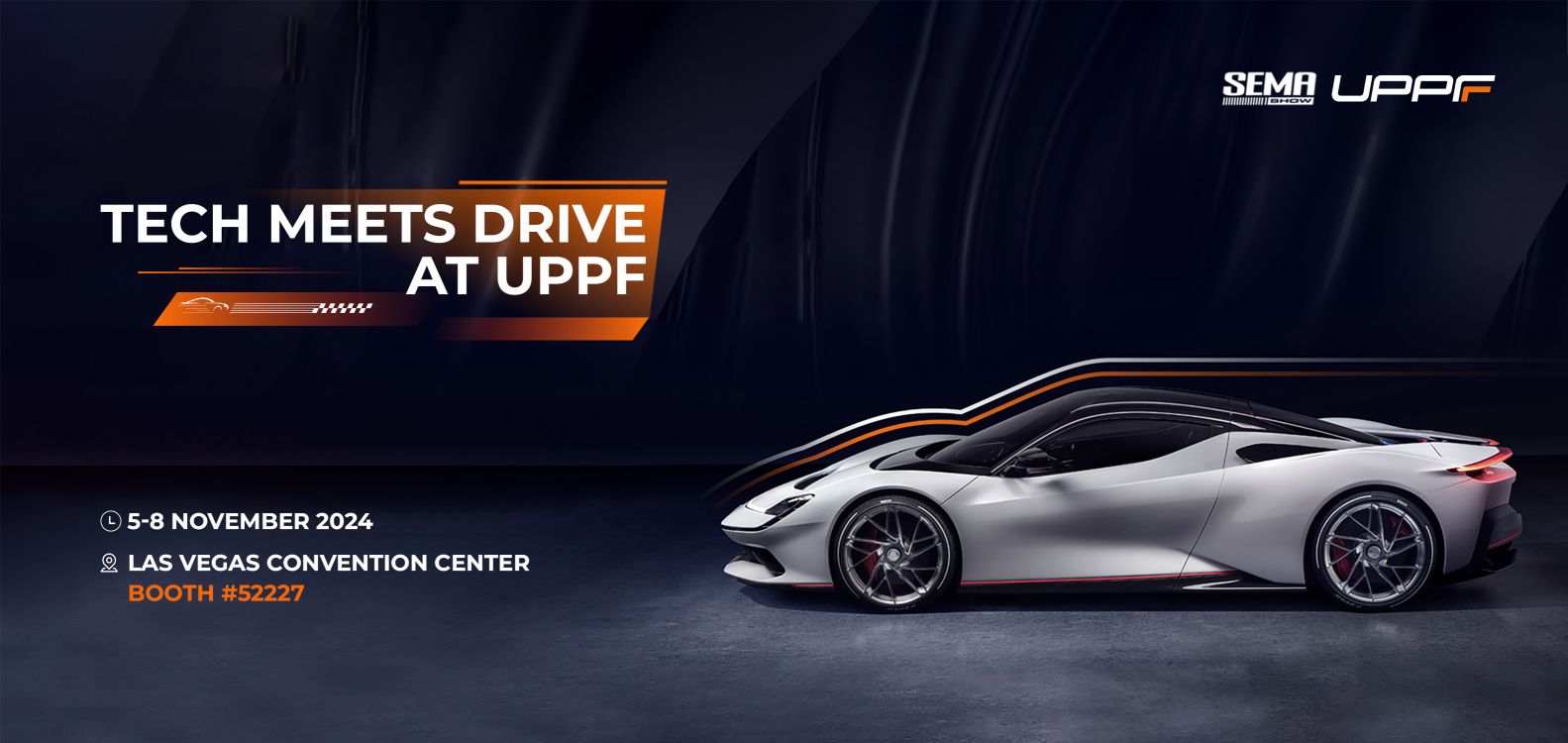When you get a brand new car, you will love its beautiful shine, but this shine will fade as you use it, which is why people take care of their paint. The appearance of the paint affects the valuation of the car, and if your car is a nice car, then it is even more important that you take care of the paint, because it is about preserving the value of your property.
Cars depreciate quickly. One of the reasons why your car depreciates is because its exterior begins to look dingy and dull because of dents and dings, bird droppings, dirt, debris, and sun exposure. Protecting your car from snow and salt in the winter can be a huge challenge.
Preserving your car’s exterior with a paint protection film can keep it looking great and maintain its value.
Several factors play into the cost of car paint protection film
1.How much of the vehicle you treat.
2.The experience of the detailer applying it.
You will obviously pay more for PPF on two cars than on one. In addition, the cost of PPF for the whole car is different from PPF for the most vulnerable areas such as the front bumper, the hood, and the side mirrors of the car.
Some owners may be tempted to go with a cheap quote or possibly even do it themselves with a kit, but PPF is difficult to apply. An inexperienced detailer can end up damaging your car exterior, costing more money in the long run than it would if you had gone with a higher paint protection film for the car’s price.
Exterior Condition Affects Car Paint Protection Film Cost
The best time to apply UPPF products is when the car has just been purchased. It' s often assumed that this is because this is the time when the paint is at its shiniest and most deserves to be protected. Well, that is the correct view, but there is something else to add.
When a car is new, its paint is not only shiny, but almost free of defects.
Among the imperfections that car paint experiences are:
Swirl marks, aka spider webs
Marring and micro marring
Buffer trails and holograms
Etchings from bird droppings
Isolated deep scratches
Water spots
Paint oxidation and ultraviolet fading
Clearcoat fading
When you apply PPF, your vehicle’s finish should be free of swirls, rock chips, and other imperfections.
A conscientious detailer will carefully inspect the condition of the paint to find minor scratches and other defects that need to be removed before PPF can be applied. This process of removing imperfections is called paint correction. For vehicles in good condition, a single polishing step is generally sufficient to remove minor imperfections. However, if your vehicle has swirl marks, scratches and other issues that reach below the top layer, a multi-step paint correction process is required, which can make your car's protective film cost significantly more.
UPPF has full confidence in its products and services, and has enough enthusiasm for its customers. We hope that our PPF can bring good experience to our customers and we also hope to reduce the unnecessary cost of using our products for our customers. We believe that by understanding the factors that affect the cost of paint protection film, customers will better understand PPF as a product and can make their own paint protection decisions better.









